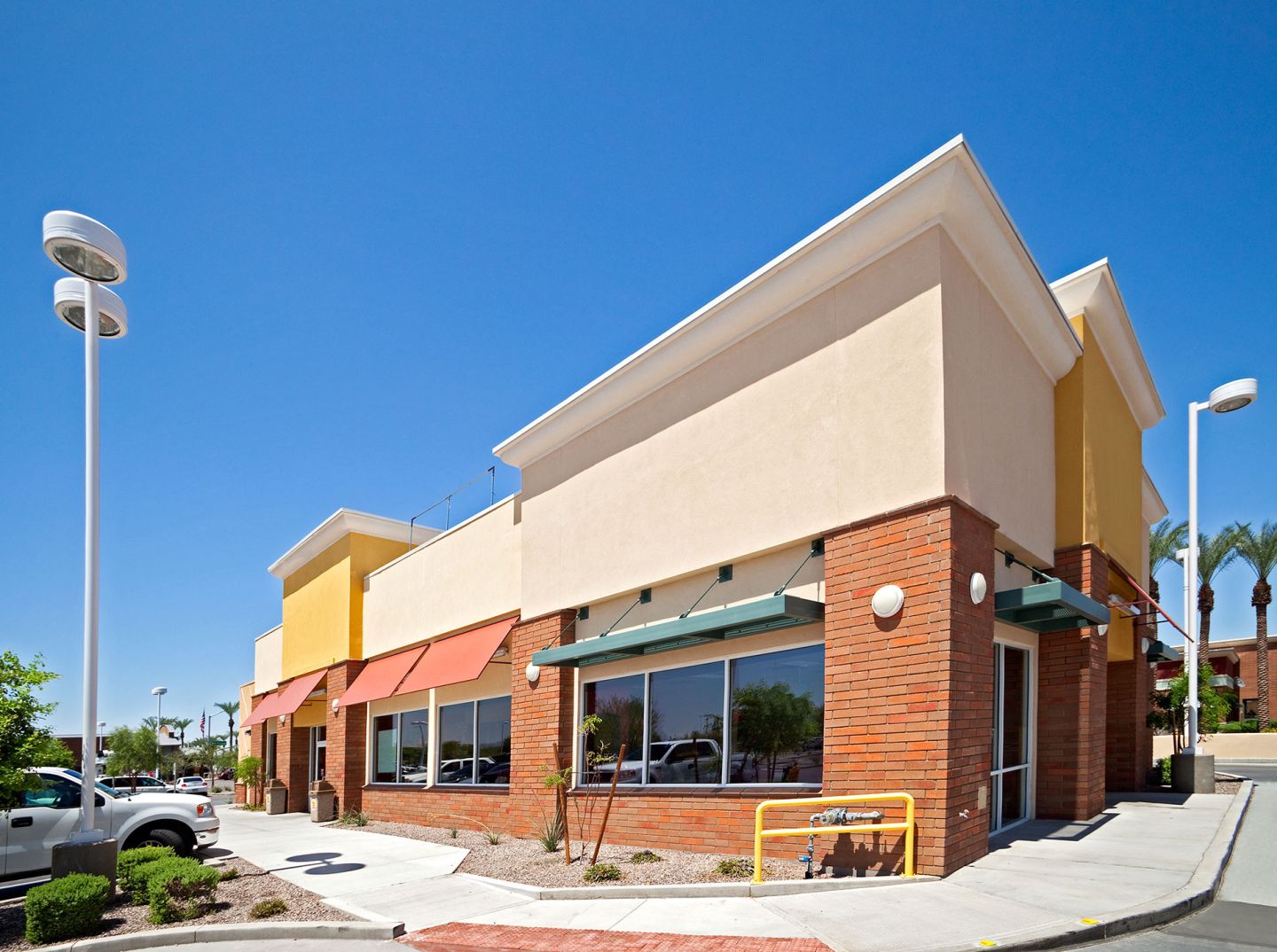By Bill R. Shelton, CEcD
The lack of adequate sites is one of the key reasons for delays in the development process. Waiting for the private sector to put together desirable properties can at best stretch out the development cycle or at worst eliminate the community from consideration.
For the community that wants to attract and expand their restaurant appeal, lack of adequate sites is often a major stumbling block. For years community leaders have realized that site assembly for industrial development is a competitive advantage, and today are adapting the same strategy for restaurant development.
Selecting sites for restaurants is a complex process and requires considering many factors that bear upon the decision. However there are three factors that are critical to the selection of restaurants and provide a preliminary checklist to be used in picking the “right” location for further consideration and analysis. They are:
Accessibility
This is one factor that is common to all retailers but of key importance to restaurants. Accessibility can include trade area accessibility, customer accessibility, and ingress and egress to the site. Getting customers off roads and traffic arteries into a restaurant’s parking facilities can be the difference between a successful restaurant and a failure.
Visibility
Visibility for a restaurant is more than just the ability of a customer to see the property or its signage; it is a form of free advertising and a reminder to stop. Additionally, visibility and accessibility go hand-in-hand. Even with great visibility a customer may not come to the restaurant if it is difficult to get in or out.
Cluster of Competitors
Communities that are considering assembling restaurant sites have a number of size or acreage options. Locations for single operations are one option, however there is a belief that concentrations of restaurants have a synergistic appeal and attract customers. If adequate acreage is available, particularly on well-traveled arteries, communities might consider assembling larger parcels to have available for multiple restaurant tenants.
These location factors are of importance to many restaurant operations. However, there are scores of other factors that vary with individual operations and are also worth a close study before making final decisions. These three only serve one purpose: to assist communities in making preliminary restaurant site screening decisions.


